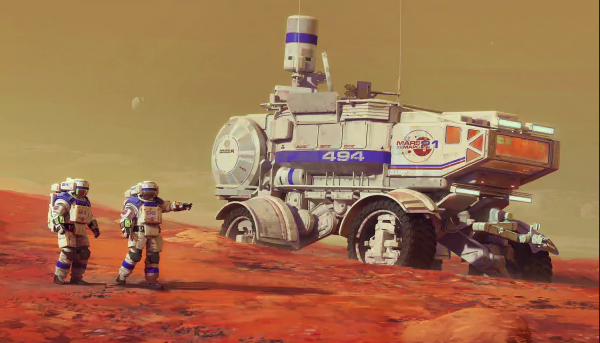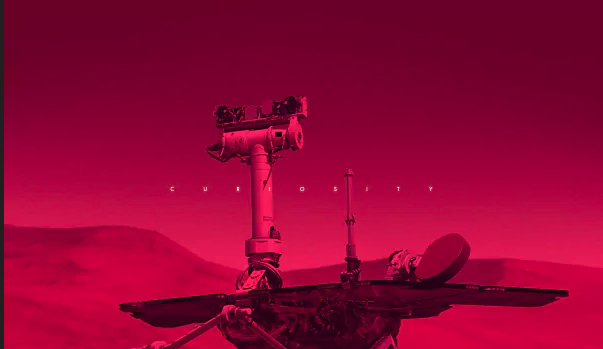阅读理解文献梳理
阅读理解文献梳理
多跳QA
模型在任务中学习的多跳推理行为。
QFE (Nishida et al., 2019) regards evidence extraction as a query-focused summarization task, and reformulates the query in each hop. 将证据提取作为以查询为中心的摘要任务,并在每一跳中重构查询。—— HGN
Kosuke Nishida, Kyosuke Nishida, Masaaki Nagata, Atsushi Otsuka, Itsumi Saito, Hisako Asano, and Junji Tomita. 2019. Answering while summarizing: Multi-task learning for multi-hop qa with evidence extraction. In ACL.
DecompRC (Min et al., 2019b) decomposes a compositional question into simpler sub-questions and leverages single-hop MRC mod- els to answer the sub-questions. 将作文问题分解为更简单的子问题,并利用单跳MRC模型答复子问题—— HGN
Sewon Min, Victor Zhong, Luke Zettlemoyer, and Han- naneh Hajishirzi. 2019b. Multi-hop reading compre- hension through question decomposition and rescor- ing. In ACL.
A neural modular network is also proposed in Jiang and Bansal (2019b), where neural modules are dynamically assembled for more interpretable multi-hop rea- soning.一种神经模块网络,其中神经模块被动态地组装起来,以便更好地解释多跳推理。—— HGN
Yichen Jiang and Mohit Bansal. 2019b. Self- assembling modular networks for interpretable multi-hop reasoning. In EMNLP.
其他
Jifan Chen and Greg Durrett. 2019. Understanding dataset design choices for multi-hop reasoning. In NAACL.—— HGN
Sewon Min, Eric Wallace, Sameer Singh, Matt Gard- ner, Hannaneh Hajishirzi, and Luke Zettlemoyer. 2019a. Compositional questions do not necessitate multi-hop reasoning. In ACL.—— HGN
Yichen Jiang and Mohit Bansal. 2019a. Avoiding rea- soning shortcuts: Adversarial evaluation, training, and model development for multi-hop qa. In ACL.—— HGN
与GNN相关的
Coref-GRN (Dhingra et al., 2018) construct an entity graph based on co-reference reso- lution or sliding windows.基于共引用解决方案或滑动窗口构建实体图。—— HGN
Bhuwan Dhingra, Qiao Jin, Zhilin Yang, William W Cohen, and Ruslan Salakhutdinov. 2018. Neural models for reasoning over multiple mentions using coreference. In NAACL.
Entity-GCN (De Cao et al., 2019) considers three different types of edges that connect different entities in the entity graph.考虑连接实体图中不同实体的三种不同类型的边。—— HGN
Nicola De Cao, Wilker Aziz, and Ivan Titov. 2019. Question answering by reasoning across documents with graph convolutional networks. In NAACL.
(已读)HDE-Graph (Tu et al., 2019) enriches information in the entity graph by adding document nodes and creating interactions among documents, entities and answer candidates.通过添加文档节点并在文档、实体和候选答案之间创建交互,丰富了实体图中的信息。——HGN
(已读)Cognitive Graph QA employs an MRC model to predict answer spans and possible next-hop spans, and then organizes them into a cognitive graph.使用MRC模型预测答案跨度和可能的下一跳跨度,然后将它们组织到认知图中。——HGN
DFGN (Xiao et al., 2019) constructs a dynamic entity graph, where in each reasoning step irrelevant en- tities are softly masked out and a fusion module is designed to improve the interaction between the entity graph and documents.构建了一个动态实体图,在每个推理步骤中,不相关的实体被软屏蔽,并设计了一个融合模块来改善实体图与文档之间的交互性。——HGN
Yunxuan Xiao, Yanru Qu, Lin Qiu, Hao Zhou, Lei Li, Weinan Zhang, and Yong Yu. 2019. Dynamically fused graph network for multi-hop reasoning. In ACL.
(已读)SAE (Tu et al., 2020) defines three types of edge in the sentence graph based on the named entities and noun phrases appearing in the question and sentences 根据问题和句子中出现的命名实体和名词短语,定义句子图中的三种边——HGN
C2F Reader (Shao et al., 2020) uses graph attention or self-attention on entity graph, and argues that this graph may not be necessary for multi-hop reasoning. 在实体图上使用图注意或自我注意,并认为该图对于多跳推理可能不是必需的。——HGN
Nan Shao, Yiming Cui, Ting Liu, Wang, and Guop- ing Hu Hu. 2020. Is graph structure necessary for multi-hop reasoningt. arXiv preprint arXiv:2004.03096.
Asai et al. (2020) proposes a new graph-based recurrent method to find evidence documents as reasoning paths, which is more focused on information retrieval.提出了一种新的基于图的递归方法来寻找证据文档作为推理路径,更侧重于信息检索。——HGN
Akari Asai, Kazuma Hashimoto, Hannaneh Hajishirzi, Richard Socher, and Caiming Xiong. 2020. Learning to retrieve reasoning paths over wikipedia graph for question answering. In ICLR.
(已读)HGN 2020 提出的模型构建了一个层次图,有效地探索了不同粒度之间的关系,并使用不同的节点来执行不同的任务。
GNN
GNN结构机制
- GCN
- SEMI-SUPERVISED CLASSIFICATION WITH GRAPH CONVOLUTIONAL NETWORKS(ICLR 2017)
- GAT
- GraphSage
- MPGNN
- HGN
- HAN
预训练GNN
Hu, W.; Liu, B.; Gomes, J.; Zitnik, M.; Liang, P.; Pande, V. S.; and Leskovec, J. 2020. Strategies for Pre-training Graph Neural Networks. In Proceedings of ICLR.——L2P-GNN
提出了不同的策略来预训练图神经网络的节点和图级,虽然在图级需要标记的数据。
Hu, Z.; Fan, C.; Chen, T.; Chang, K.; and Sun, Y. 2019. Pre-Training Graph Neural Networks for Generic Structural Feature Extraction. CoRR abs/1905.13728..——L2P-GNN
使用三个非监督任务预先培训图形编码器,以捕获图形的不同方面。
Navarin, N.; Tran, D. V.; and Sperduti, A. 2018. Pre-training Graph Neural Networks with Kernels. CoRR abs/1811.06930..——L2P-GNN
利用图内核进行预培训
元学习及应用
Finn, C.; Abbeel, P.; and Levine, S. 2017. Model-agnostic meta-learning for fast adaptation of deep networks. In Pro- ceedings of ICML, 1126–1135.
Lu, Y.; Fang, Y.; and Shi, C. 2020. Meta-learning on Hetero- geneous Information Networks for Cold-start Recommenda- tion. In Proceedings of KDD, 1563–1573.
预训练语言模型
- ALBERT
- Roberta
- Bert
- LongFormer
对抗训练
- FGM
- PGD
- FreeLB







